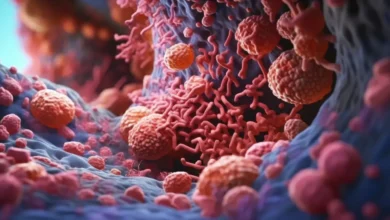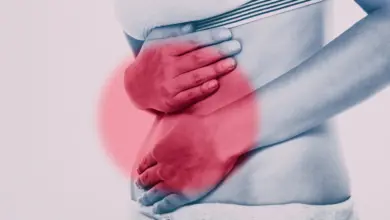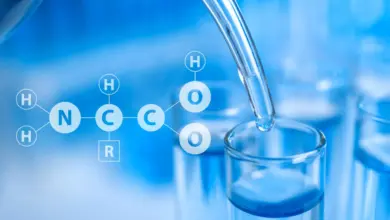What Is The Peptide For Stomach Repair?
Peptides for Stomach Repair
How Do Peptides Work for Injury Recovery and Repair?
Ever wondered what is the peptide for stomach repair? Peptides, the short chains of amino acids naturally found in the body, play a critical role in injury recovery and wound healing. These tiny molecules are the building blocks of proteins and are essential for many biological processes, particularly when it comes to regenerating tissues, promoting cell growth, and enhancing overall recovery.
At the core of their function, peptides serve as messengers that signal the body to repair and regenerate itself. By supplying amino acids to synthesize new tissues, peptides facilitate the healing process at a fundamental level. However, their abilities go far beyond this basic role, as certain peptides are specifically designed to target and enhance distinct phases of recovery.
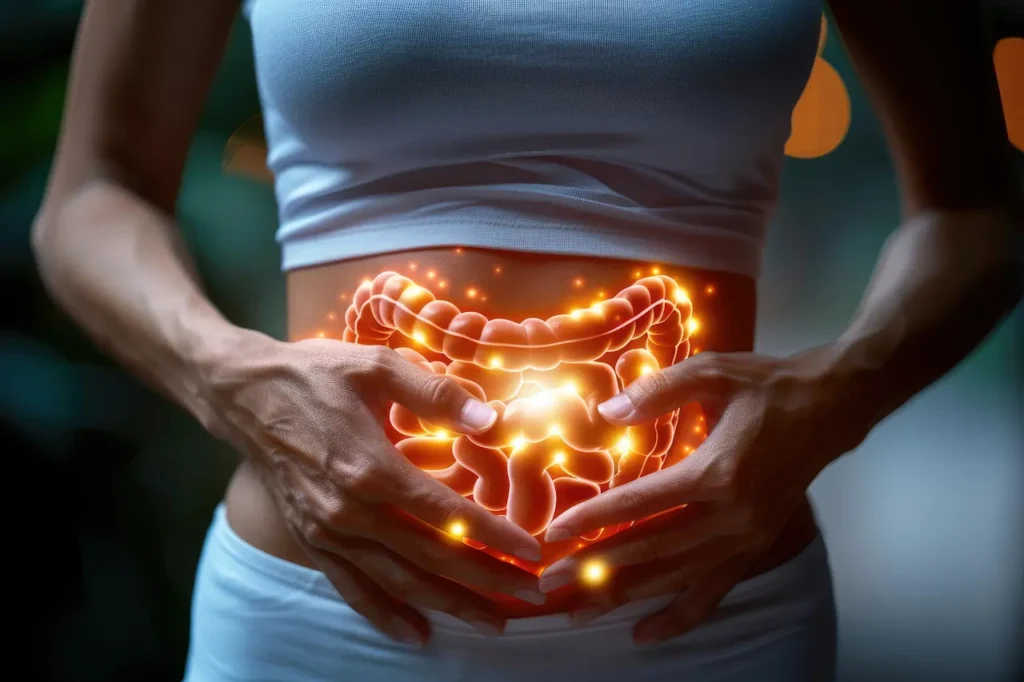
Specialized Functions of Healing Peptides
Peptides can support injury recovery through a variety of mechanisms, many of which involve accelerating natural processes that the body employs to heal itself. Here are some of their key functions:
1. Cell Proliferation and Differentiation
Peptides can stimulate the body to produce new cells, which is vital for repairing damaged tissues. Even more impressive, certain peptides can direct the body to generate specific types of cells, such as skin cells, muscle cells, or collagen-producing fibroblasts, depending on the nature of the injury. This targeted cell production ensures efficient and effective healing by addressing the specific needs of the damaged area.
2. Angiogenic Effects
One remarkable property of some peptides is their ability to promote angiogenesis, the formation of new capillaries. Improved blood flow to an injured site enhances the delivery of oxygen and nutrients, both of which are critical for tissue repair. Increased circulation not only accelerates healing but also reduces the risk of further complications like infection.
3. Muscle and Connective Tissue Growth
Peptides that target muscle, collagen, tendons, and ligaments are particularly valuable for injuries affecting connective tissue or musculoskeletal systems. These peptides stimulate the growth and regeneration of these tissues, which is essential for individuals recovering from tears, sprains, or surgeries. They also help maintain the integrity of the repaired area, reducing the likelihood of re-injury.
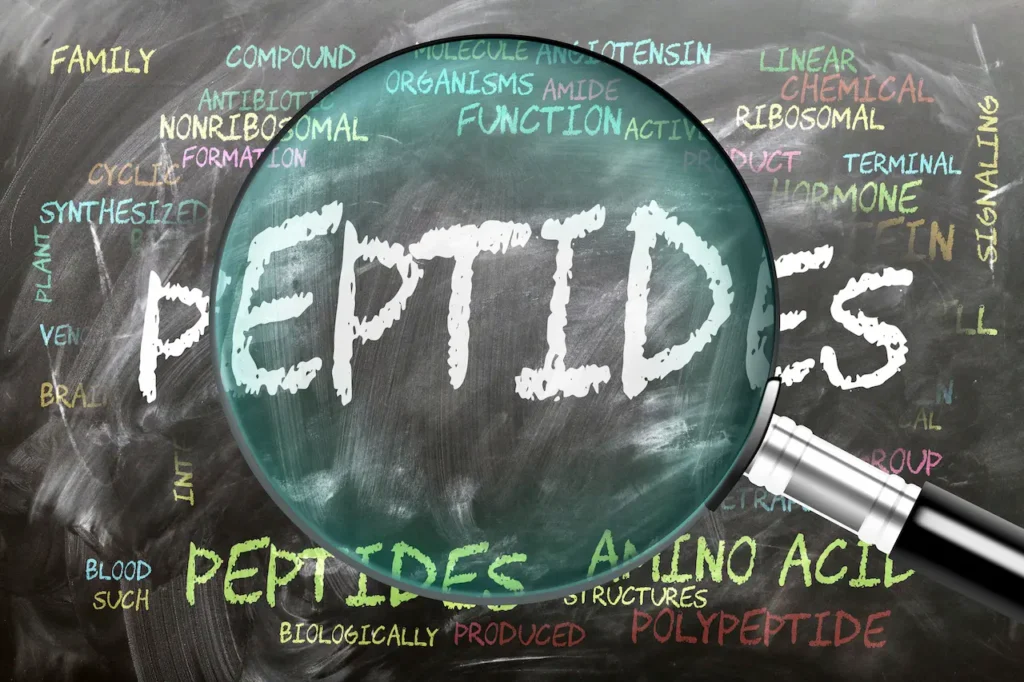
Want to learn about your gut? Read: Loss of Gut Microbiome
Does Peptide Therapy for Injury Recovery Work?
There is evidence to suggest that peptide therapy can significantly aid in injury recovery. However, while peptides are powerful tools, they are not a guaranteed quick fix. Several factors influence their effectiveness and the overall healing process:
1. Choosing the Right Peptide
Each peptide has its unique set of functions, and choosing the correct one is crucial. Some peptides have robust scientific backing, while others are less studied. For example, BPC-157 is widely recognized for its ability to accelerate tissue repair and reduce inflammation, making it a popular choice for injury recovery. Other peptides, like TB-500, are known for promoting muscle and connective tissue regeneration.
2. Severity of the Injury
The extent of the wound or injury plays a significant role in recovery time. While peptides can accelerate healing, they cannot entirely overcome the natural limitations imposed by severe damage. Deep wounds, major surgeries, or chronic injuries will still take longer to heal, even with peptide therapy.
3. Dosage and Consistency
The effectiveness of peptides often depends on administering the right dosage consistently. An inadequate dosage or irregular administration can hinder results, making it essential to follow prescribed protocols carefully.
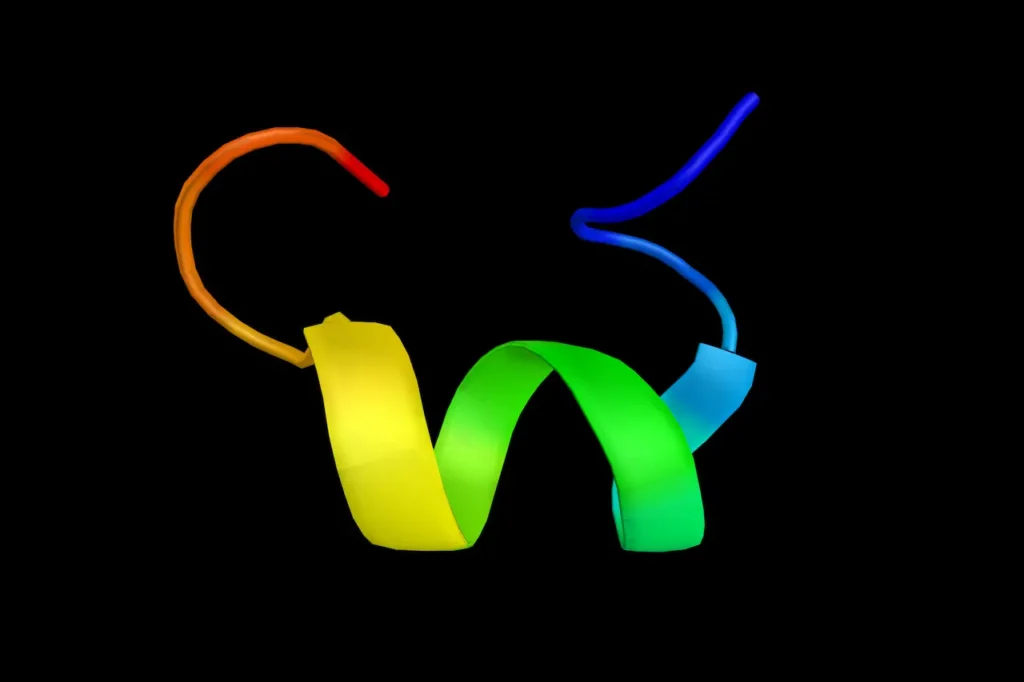
4. Underlying Health Conditions
Medical conditions such as diabetes, autoimmune disorders, or chronic inflammation can negatively impact the body’s ability to heal. These conditions may slow recovery even with peptide therapy, as they compromise the body’s natural regenerative processes. For example, chronic inflammation can disrupt cellular repair, while diabetes can impair blood flow, hindering tissue regeneration.
Enhancing the Healing Process with Peptides
While peptides can provide powerful support for injury recovery, they work best as part of a comprehensive approach to healing. This means incorporating other key factors into your recovery plan, such as:
- Balanced Nutrition: Proper intake of protein, vitamins, and minerals supports tissue regeneration.
- Physical Therapy: Controlled movements and exercises can help strengthen injured areas and restore function.
- Rest and Recovery: Allowing the body adequate time to heal is critical, as overexertion can delay progress.
- Managing Stress: Chronic stress can slow healing, so incorporating relaxation techniques like meditation or yoga can be beneficial.
1. BPC-157: The Star Peptide for Gut Healing
BPC-157 (Body Protection Compound 157) is derived from gastric juices and is one of the most studied peptides for gut repair. This synthetic peptide promotes healing by activating growth hormone receptors, enhancing blood flow, and stimulating the production of key growth factors.
How It Works
- Repairs Gut Tissue: BPC-157 accelerates the healing of damaged gut tissues by increasing collagen production and promoting angiogenesis (the formation of new blood vessels).
- Reduces Inflammation: It modulates inflammatory responses by decreasing pro-inflammatory cytokines and boosting anti-inflammatory cytokines.
- Protects Against Damage: BPC-157 has been shown to protect the gut lining from harmful substances such as NSAIDs and alcohol, reducing their adverse effects.
Conditions It Helps Address
- Leaky gut syndrome
- IBD, including Crohn’s disease and ulcerative colitis
- Gastric ulcers and acid reflux
- Chronic diarrhea or constipation
2. KPV: The Anti-Inflammatory Powerhouse
KPV (Lysine-Proline-Valine) is a tripeptide known for its potent anti-inflammatory properties. It works by inhibiting inflammatory pathways, making it a valuable tool for treating colonic inflammation and repairing the mucus lining of the gut.
Key Benefits
- Alleviates Inflammation: KPV reduces the activation of NF-kappaB and MAP kinase, two major inflammatory signaling pathways.
- Heals Gut Lining: It supports the repair of the gut’s mucosal lining, crucial for preventing nutrient malabsorption and further damage.
- Immune Modulation: KPV helps balance the immune response, reducing flare-ups in conditions like ulcerative colitis.
3. Larazotide: Tightening Gut Junctions
Larazotide, also known as Larazotide acetate, is a synthetic peptide specifically designed to improve intestinal barrier function. It acts as a tight junction regulator, restoring the integrity of the gut lining and preventing harmful substances from leaking into the bloodstream.
Mechanism of Action
- Zonulin Antagonist: Larazotide works by blocking zonulin, a protein that disrupts gut permeability.
- Restores Barrier Function: By tightening the spaces between gut cells, Larazotide helps prevent intestinal permeability, commonly referred to as leaky gut.
Applications
- Celiac disease
- Intestinal permeability disorders
- Chronic inflammation caused by a compromised gut barrier
Other Beneficial Compounds for Gut Health
While peptides like BPC-157, KPV, and Larazotide are at the forefront of gut repair, other compounds also play a significant role in supporting gut health:
Apigenin
Apigenin is a flavonoid found in plants with anti-inflammatory and antioxidant properties. It promotes a healthy gut microbiome by reducing harmful bacteria and increasing short-chain fatty acids like butyrate.
Butyrate
Butyrate, a short-chain fatty acid naturally produced when the body breaks down fiber, supports intestinal homeostasis. It reinforces the epithelial defense barrier, reduces inflammation, and improves gut motility.
L-Glutamine
L-Glutamine is an amino acid that aids in maintaining the integrity of the gut lining. It promotes cellular repair, regulates tight junction proteins, and enhances nutrient absorption.
How Peptides Support the Gut-Brain Axis
The gut-brain axis is a bidirectional communication network between the gastrointestinal tract and the central nervous system. Peptides like BPC-157 actively work on this axis, reducing neuroinflammation and supporting nerve regeneration. This is particularly beneficial for individuals recovering from traumatic brain injuries or conditions linked to gut-brain dysregulation, such as anxiety and depression.
Incorporating Peptides into a Gut Health Plan
Steps to Optimize Gut Health
- Diet: Include fiber-rich foods, fermented items like yogurt and kimchi, and prebiotics such as garlic and bananas.
- Lifestyle: Practice stress management techniques like yoga and meditation, and ensure adequate sleep.
- Peptide Therapy: Under the guidance of a healthcare provider, consider peptides like BPC-157 or KPV to address chronic gut issues.
Potential Side Effects
While peptides are generally well-tolerated, side effects such as nausea, dizziness, or fluctuations in blood pressure may occur, especially with prolonged use. Always consult a licensed practitioner before starting peptide therapy.
What the Research Says
Numerous studies back the efficacy of peptides in gut repair:
- BPC-157: Research shows its ability to enhance wound healing and protect the gut lining from NSAIDs and alcohol.
- KPV: Clinical studies highlight its role in reducing colonic inflammation and promoting mucosal healing.
- Larazotide: Ongoing trials demonstrate its potential for treating celiac disease and reducing intestinal permeability.
Conclusion: A Promising Frontier in Gut Health
Peptides like BPC-157, KPV, and Larazotide represent an exciting frontier in gut health and stomach repair. By addressing inflammation, repairing gut tissue, and enhancing the gut-brain axis, these compounds offer a comprehensive approach to digestive wellness. While not a replacement for a balanced diet and healthy lifestyle, peptide therapy can be a valuable addition to a gut health regimen under medical supervision.
As we continue to uncover the intricate connections between the gut and overall health, peptides provide a promising tool for restoring balance and vitality to one of the body’s most essential systems.
Peptides are remarkable molecules that harness the body’s natural healing processes to aid in injury recovery. Their ability to stimulate cell growth, improve blood flow, and regenerate connective tissue makes them a valuable tool for enhancing recovery. However, their success depends on factors like choosing the right peptide, following proper dosage protocols, and addressing any underlying health conditions.
While peptides aren’t a one-size-fits-all solution, they can be an effective part of a broader recovery strategy. By combining peptide therapy with proper nutrition, physical therapy, and rest, individuals can maximize their healing potential and return to full health more efficiently. Always consult a healthcare professional to determine if peptide therapy is appropriate for your specific needs.
References
- Arango, D., et al. (2013). Molecular basis for the action of a dietary flavonoid revealed by the comprehensive identification of apigenin human targets. PNAS.
- Canani, R. B., et al. (2011). Potential beneficial effects of butyrate in intestinal and extraintestinal diseases. World Journal of Gastroenterology. https://doi.org/10.3748/wjg.v17.i12.1519
- Dalmasso, G., et al. (2008). PepT1-mediated tripeptide KPV uptake reduces intestinal inflammation. Gastroenterology.
- Perna, S., et al. (2019). The Role of Glutamine in the Complex Interaction between Gut Microbiota and Health: A Narrative Review. International Journal of Molecular Sciences.
- Sikiric, P., et al. (2022). Cytoprotective gastric pentadecapeptide BPC 157 resolves major vessel occlusion disturbances. World Journal of Gastroenterology.
- Slifer, Z. M., et al. (2021). Larazotide acetate: a pharmacological peptide approach to tight junction regulation. American Journal of Physiology.
This article is intended for informational purposes only and should not be considered medical advice. Always consult a healthcare professional for specific health concerns.

